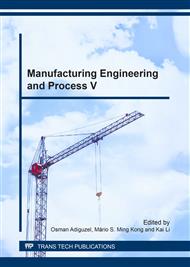p.32
p.41
p.49
p.55
p.65
p.74
p.83
p.89
p.96
Occupational Safety and Health Risk Assessment in Engineered Nanoparticles Manufacturing Processes
Abstract:
The engineered nanoparticles are more and more entering in Romanian working places, both in research laboratories and in manufacturing processes. Ever increasingly numerous evidence shows that this materials science revolution can generate significant health, safety and environmental hazards, in addition to the social, economic and ethical challenges involvedBased on the precautionary principle recommended be the European Union and a thorough literature review, this research is intended to introduce a framework for further development of an Occupational Health and Safety risk management foundation in this field of concern. Starting from a systematic approach in terms of occupational exposure, the paper emphasizes certain feasible means aimed at nanoparticle’s risk assessment, particularly in a qualitative manner. Recommendations are provided for the industry in order to meet the safety regulations, which in turn should be adapted to the findings of researches, considering that we are facing emerging risks whose nature is often unknown.
Info:
Periodical:
Pages:
65-73
Citation:
Online since:
March 2017
Authors:
Keywords:
Price:
Сopyright:
© 2017 Trans Tech Publications Ltd. All Rights Reserved
Share:
Citation:


